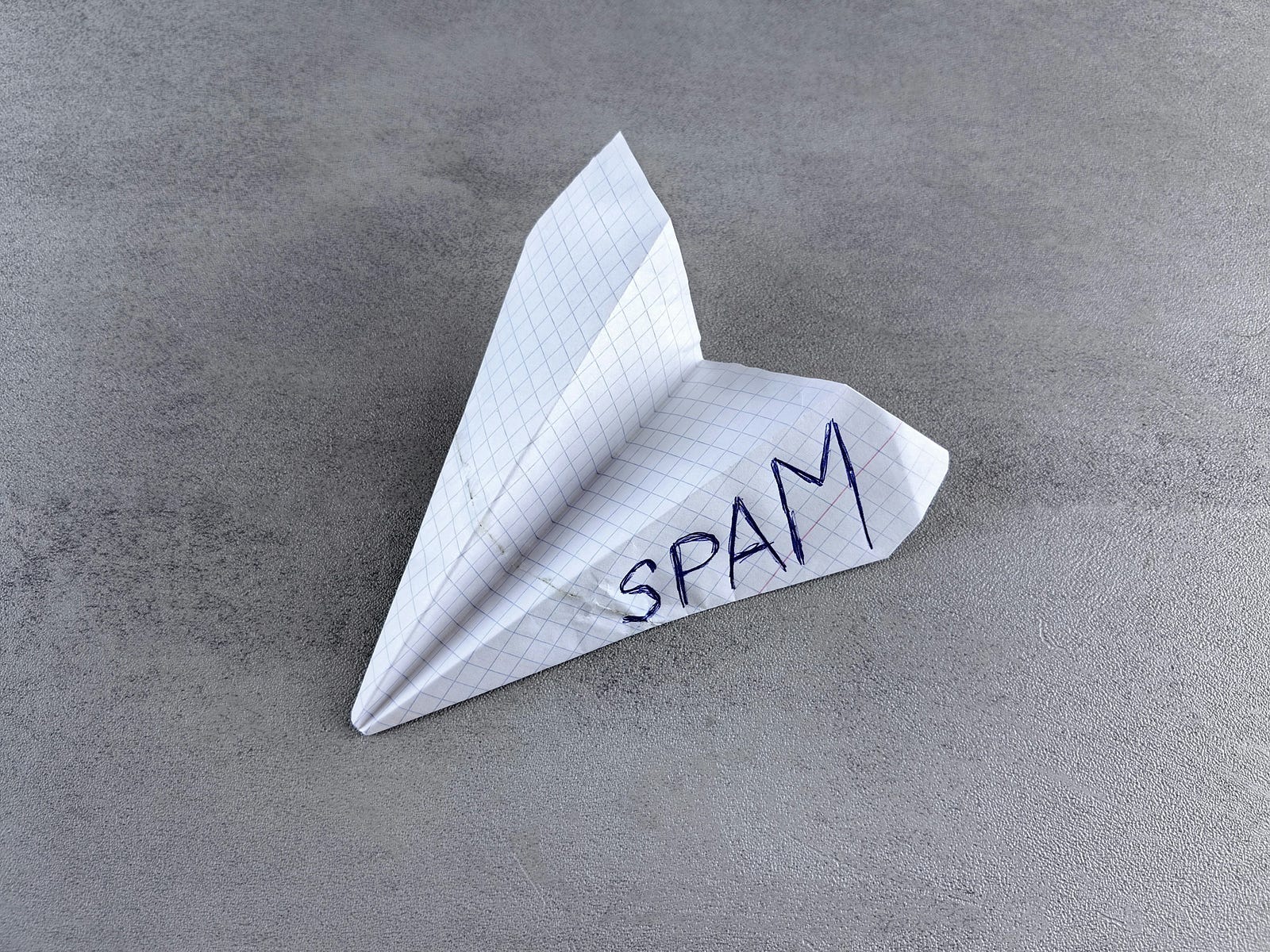I Publish on Substack Every Day, I Only Send Emails Once a Week
And why that’s perfect for SEO and inboxes
Brought to you by SparkLoop* — the #1 newsletter recommendation engine (for free)

I publish on Substack almost every single day.
Not Like clockwork. Not obsessively. But pretty regularly.
Still, I only send emails once a week.
Now, if you’re new to Substack, you might be thinking, “Wait, isn’t Substack a newsletter platfor…
Keep reading with a 7-day free trial
Subscribe to Letters by Burk to keep reading this post and get 7 days of free access to the full post archives.


